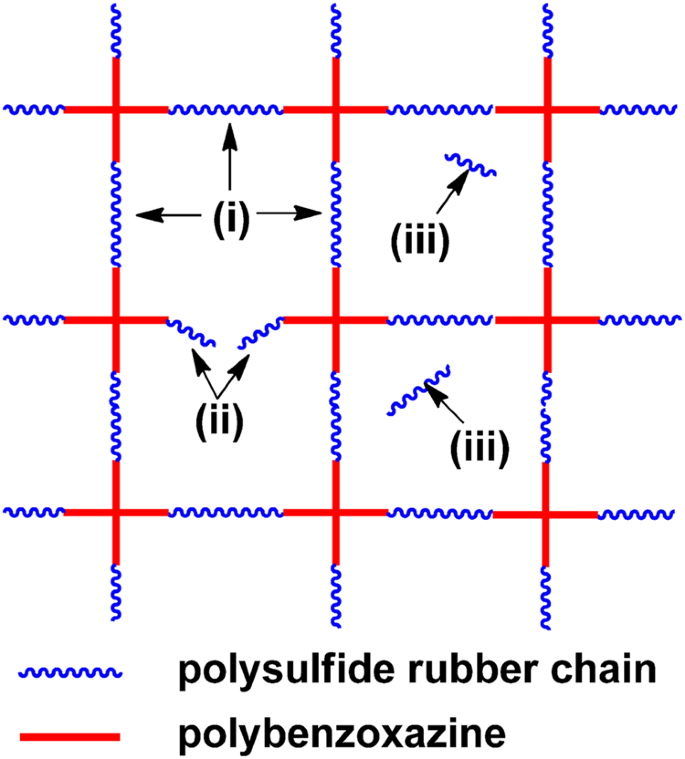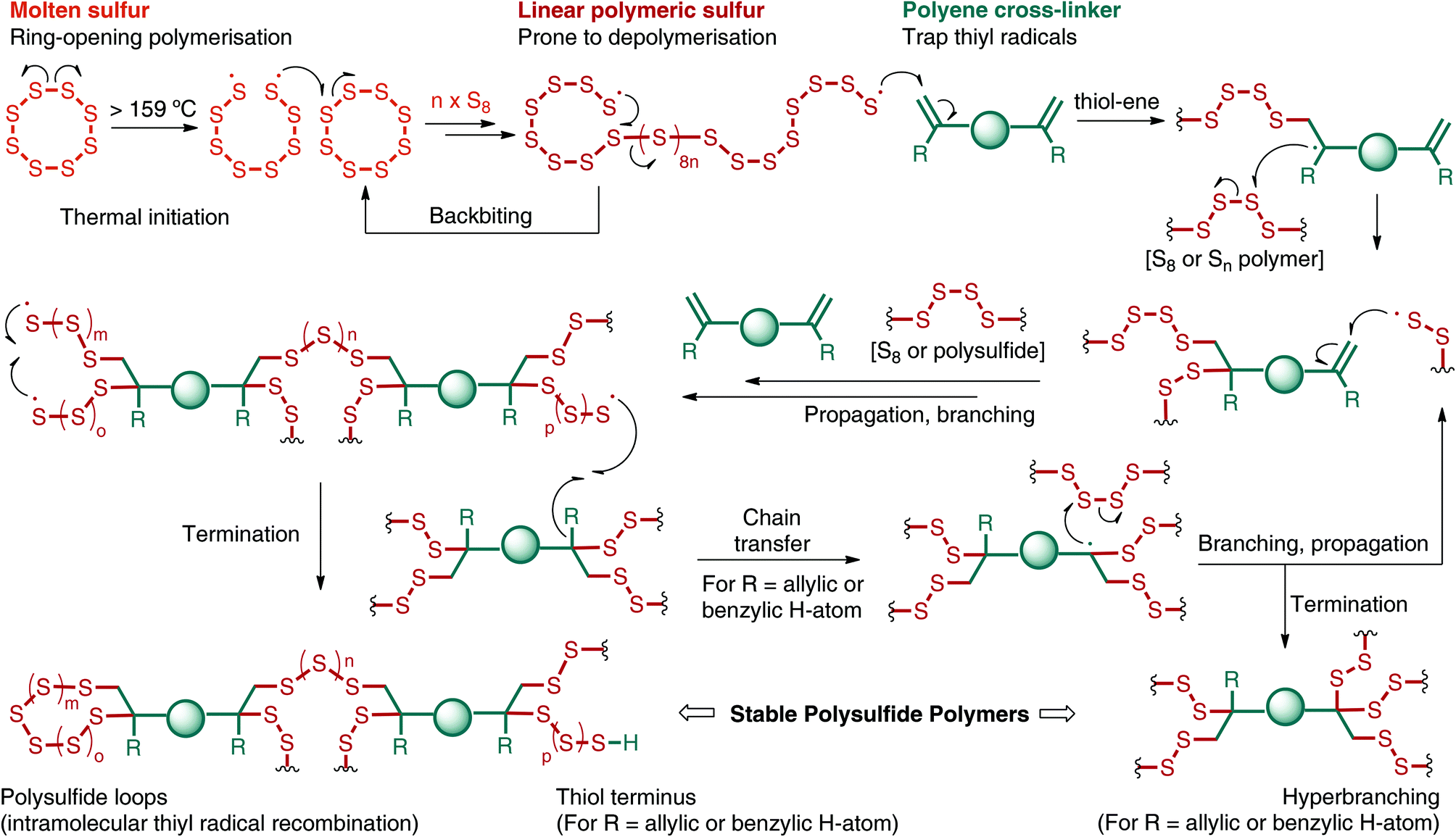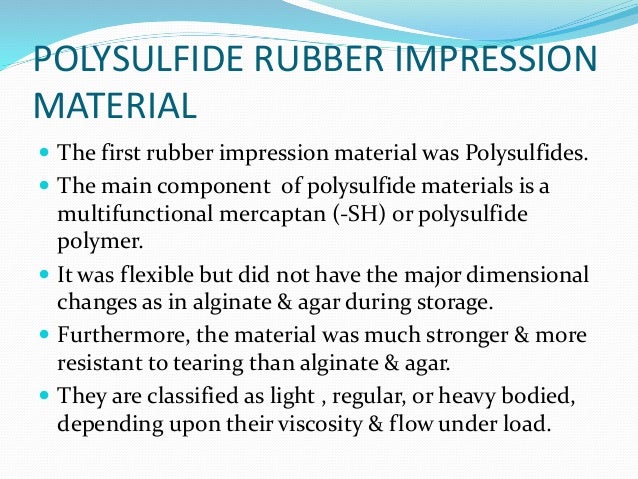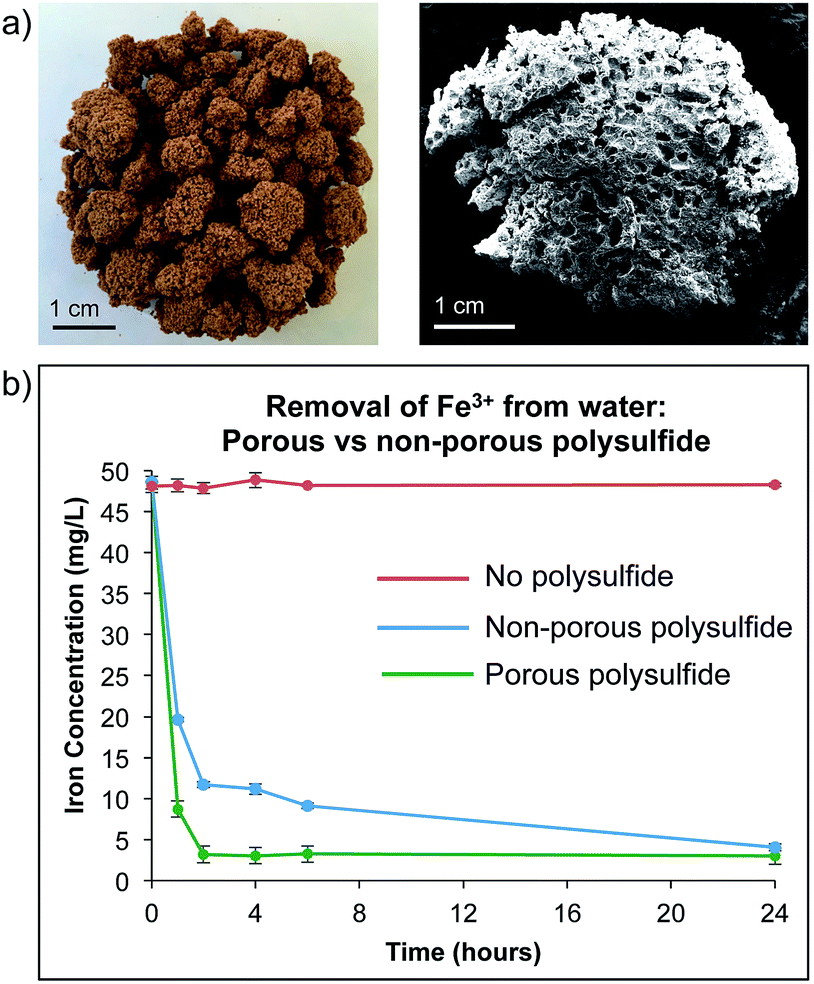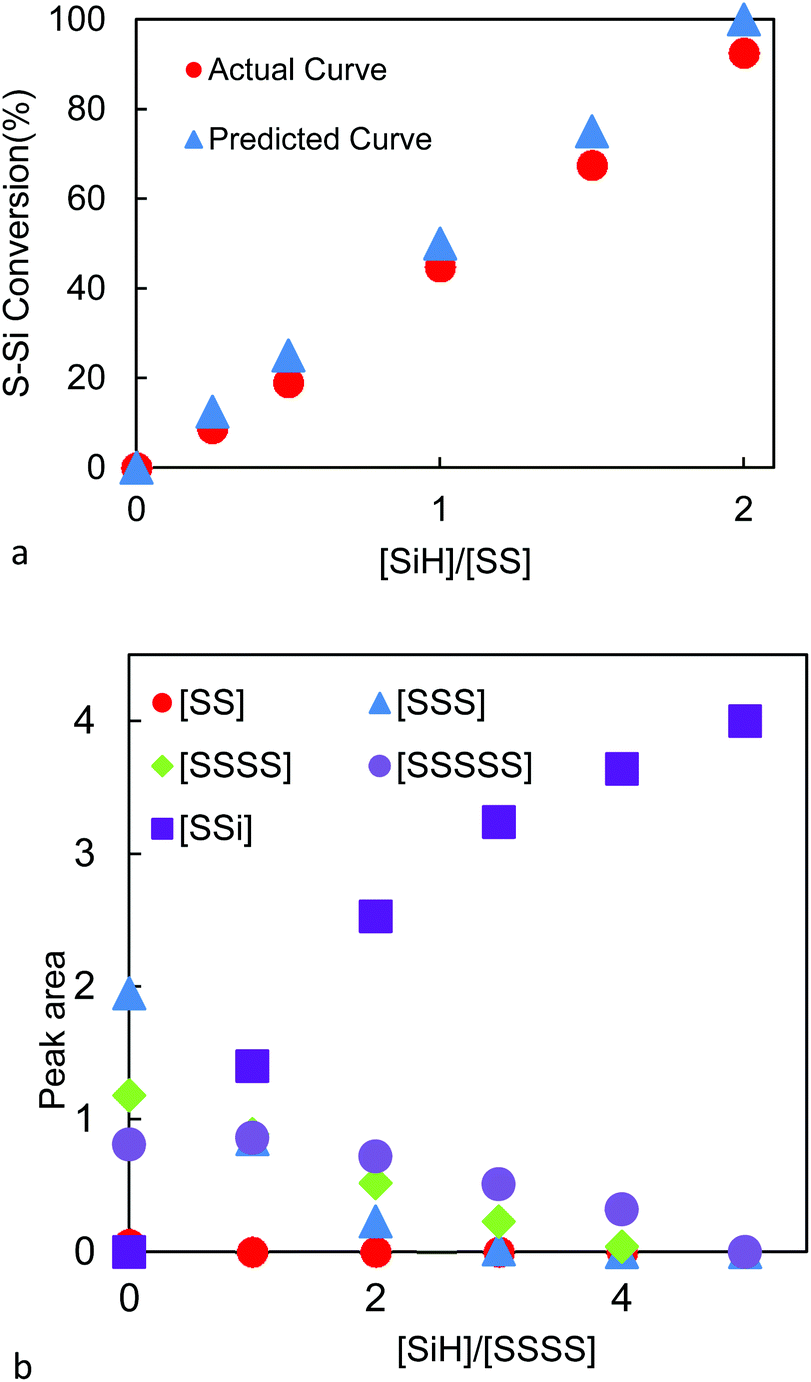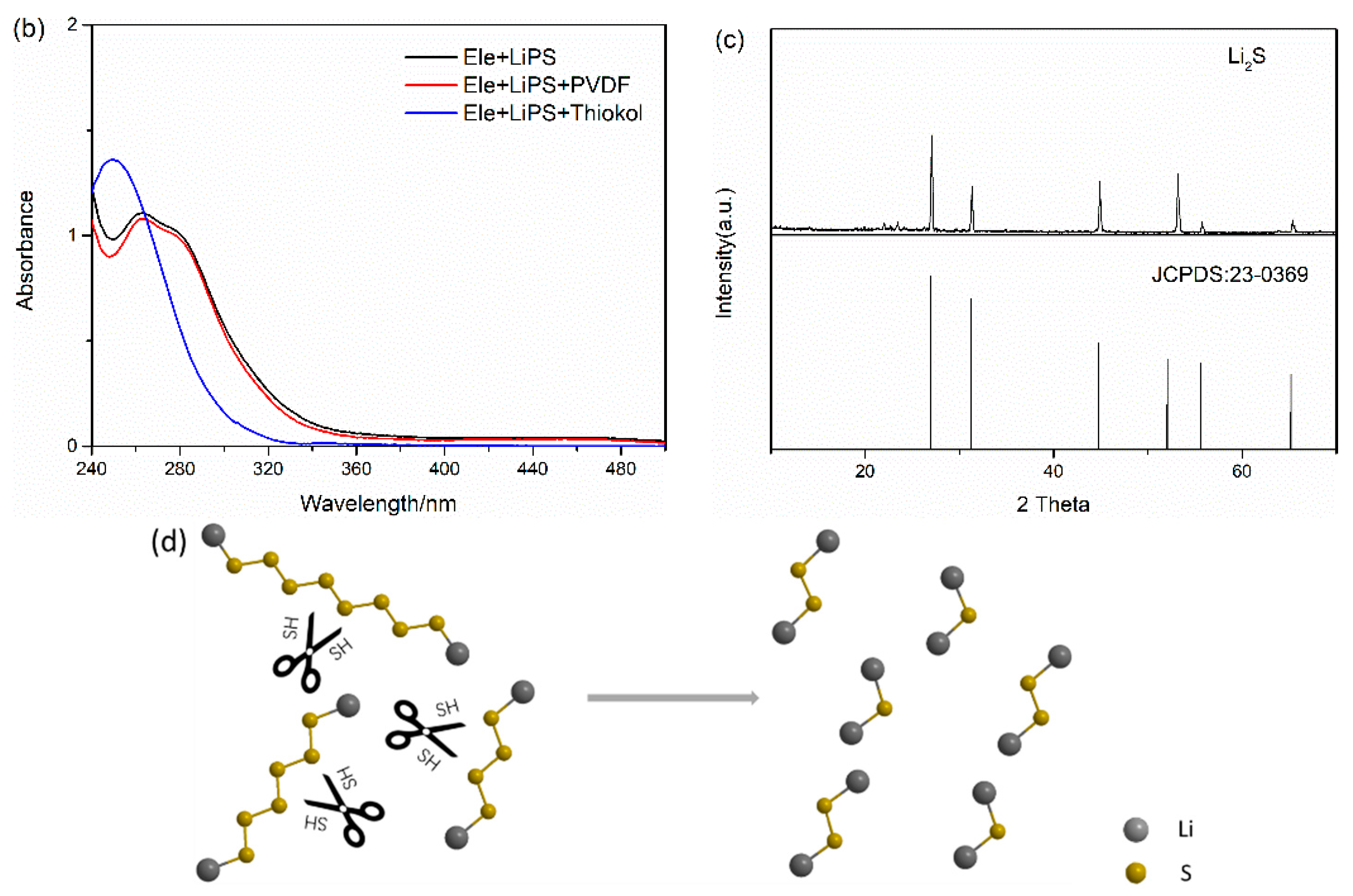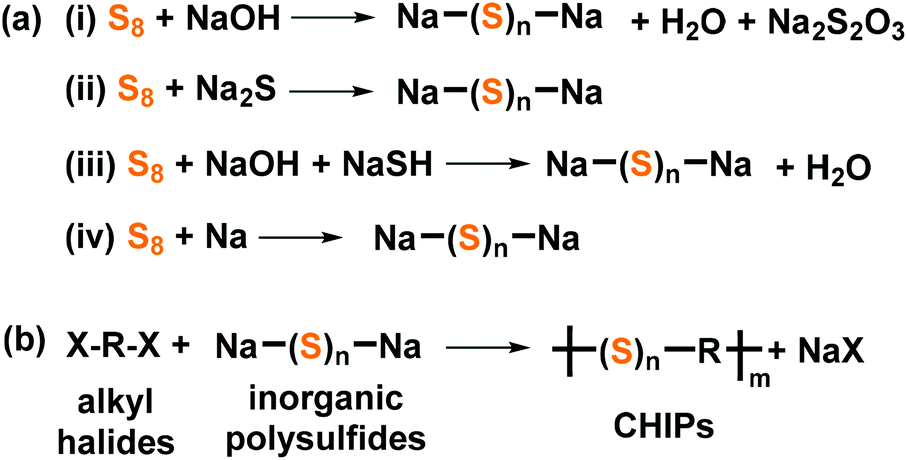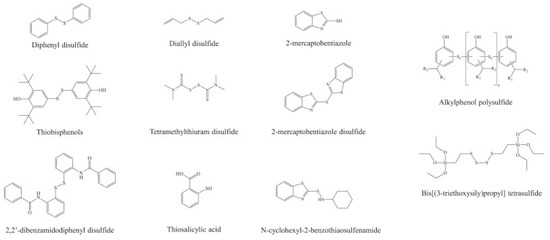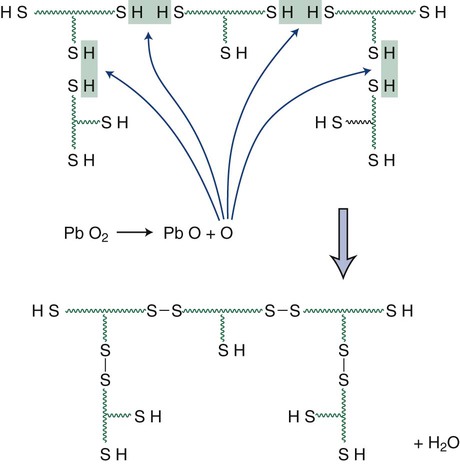Preparation Of Polysulfide Rubber
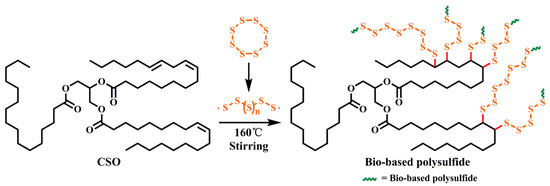
Often polysulfide materials are called rubber or rubber base materials even though polyether and silicone materials are also rubber materials.
Preparation of polysulfide rubber. The phase separation is brought about by using as a modifier a liquid polysulfide containing a high proportion of. A certain amount of cox was then added to the above molten liquid while stirring and heating were continued to ensure efficient mixing and reactions. The proposed solution can be used for example for long term protection equipment chemical plants power plants operated under variable effects of acid and alkali. Mckeen in the effect of uv light and weather on plastics and elastomers fourth edition 2019.
Other mold rubbers polysulfide rubber is not inhibited by sulfur or water based modeling clays. Polysulfide rubber is a synthetic rubber that is a product of the polycondensation of dihalides of aliphatic compounds e g ethylene dichloride or propyl dichloride with polysulfides of alkali metals e g na 2 s x where x 2 4. A variety of thiokols are recognized. The distinction between the polymers first commercialized by the thiokol corporation and subsequent polysulfide materials is often unclear.
In this work a benzoxazine bridged by a flexible polysulfide rubber chain blp was conveniently prepared through the ring opening addition of thiol capped liquid polysulfide rubber lp 3 and. Once cured polysulfide molds are good for casting wax lost wax process and gypsum plasters. Thiokol is a trade mark for various organic polysulfide polymers thiokol polymers are used as an elastomer in seals and sealants. A polysulfide modified epoxy resin system in which upon curing the polysulfide rubber phase separates into discrete particles typically 1 to 5 μm in size to enhance physical properties such as peel strength without any significant reduction in glass transition temperature.
For preparation for transition cured adhesive. The invention relates to the field of coatings based on polysulfide rubber used in the technique of corrosion protection of metals. The small scale preparation of thiokol rubber this preparation of thiokol rubber is a two step process. Model preparation is minimal.
Polysulfide rubber was discovered in 1926 by an american chemist joseph cecil patrick while he was attempting to obtain ethylene glycol for use as an antifreeze. Disadvantages the most common polysulfide rubbers. Preparation and heavy body material is used in. Polysulfide impression material was the first non aqueous elastomeric rubber impression material developed for dentistry.
S8 2 naoh na2s8 at room conditions sulfur is normally in the form of s8 rings and chains. Other articles where polysulfide rubber is discussed.
